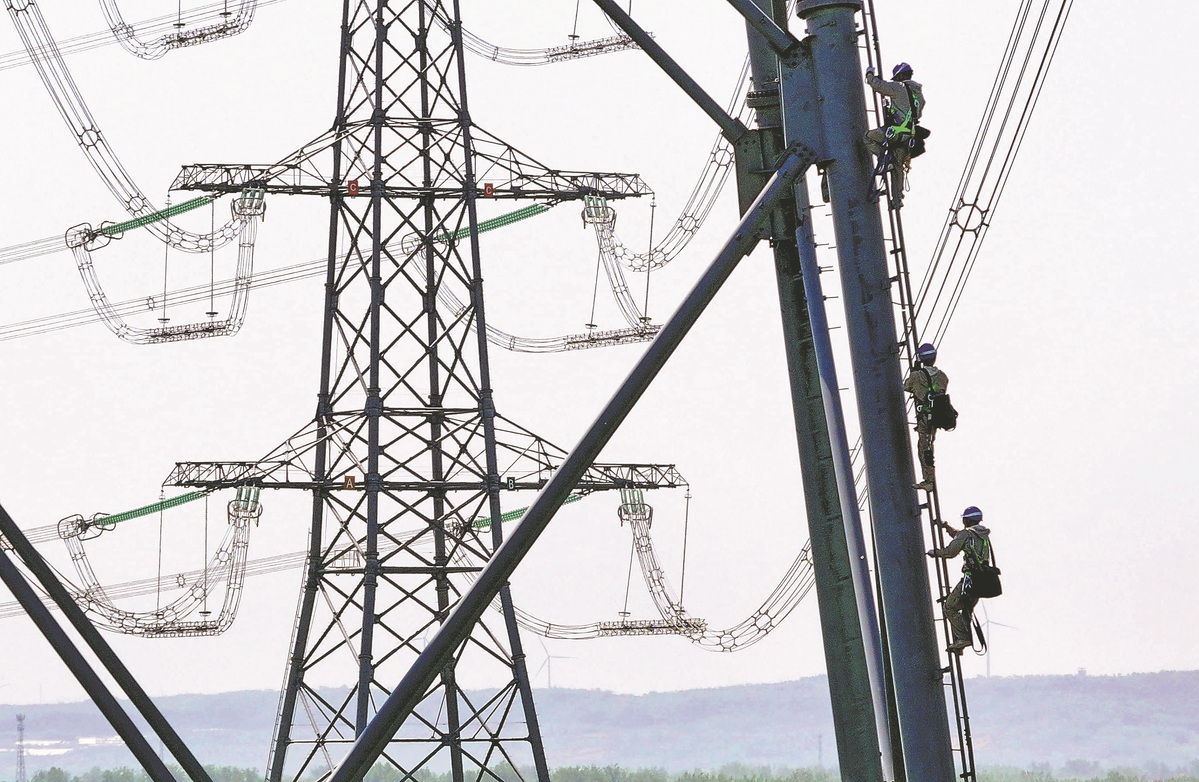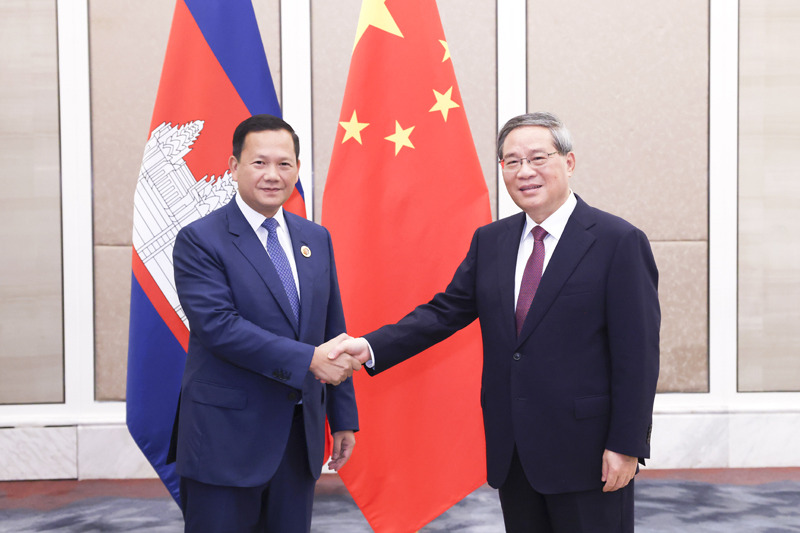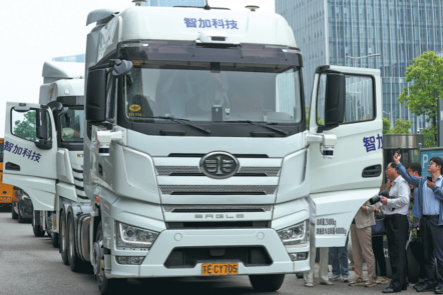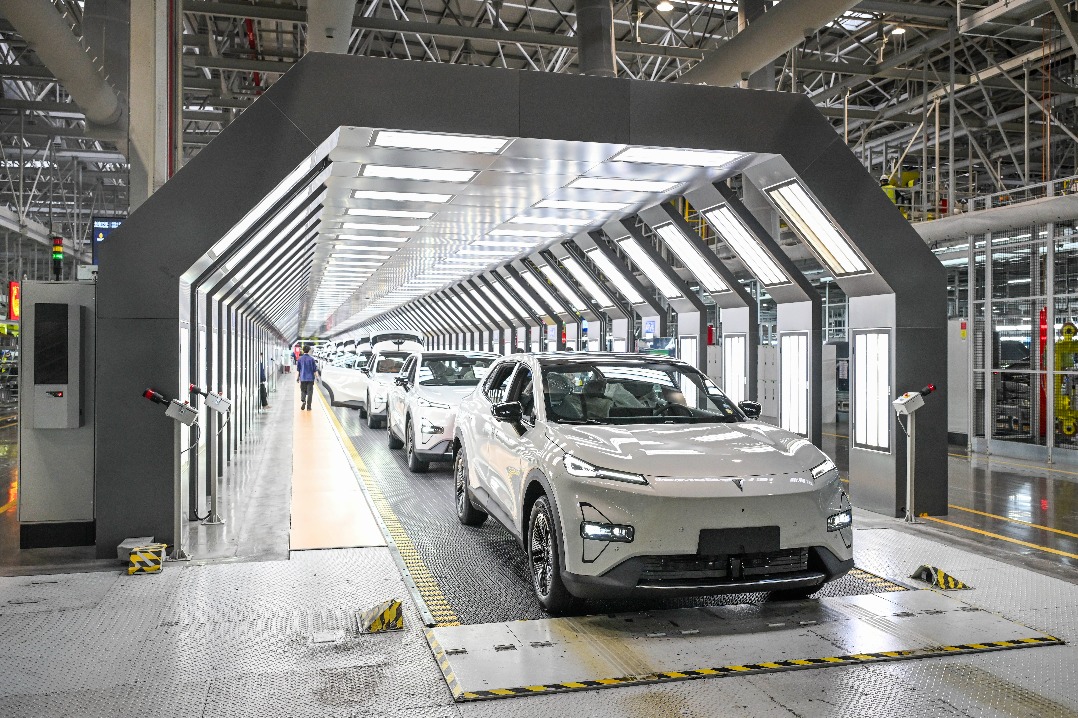Renewable energy supply to grow on robust economy, report says


China's robust economic growth will continue to fuel strong demand for energy and electricity in the country, requiring massive renewable energy buildout and significant grid upgrades for stable and clean power supply, according to a new report.
The report on China's energy and power development outlook, released recently by State Grid Energy Research Institute, projects that the nation's strong economic growth will sustain robust energy and power demand, with primary energy consumption projected to peak after 2035 at over 7 billion metric tons of standard coal equivalent.
A sustained rise in total electricity demand has also been forecast, reaching 13.3 trillion kilowatt-hours (kWh) by 2030 and a substantial 21.8 trillion kWh by 2060, said Feng Junshu, an analyst with the institute.
"The rapid expansion of renewable energy capacity in the country, with over 300 gigawatts (GW) of new installations in 2024 alone, is projected to continue, with an average annual addition of over 200 GW before 2030," she said.
However, this massive influx of intermittent renewable power will place significant demands on the flexibility and stability of China's power system, Feng warned.
China's renewable energy resources are predominantly located in the western and northern regions, often far from the major consumption centers in the east and the south. The institute anticipates that new renewable energy capacity will continue to be developed in large-scale bases in China's northeastern, northern and northwestern regions.
By 2030, the northwest region's installed renewable energy capacity is expected to reach approximately 800 GW, dwarfing its local load of 220 GW. This disparity will widen further by 2035, with renewable capacity hitting 1,200 GW against a local load of just 290 GW, it said.
This increasing demand for long-distance power transfer necessitates a strengthening of the regional main power grids, said Feng.
"Power transmission from distant regions will remain a crucial approach for optimizing resource allocation across the country, and the need for interprovincial and inter-regional power sharing will continue to rise," she said.
Looking further ahead, Feng cautions that as the power system's existing regulatory resources become fully utilized, relying solely on the grid will no longer be economically efficient for absorbing and utilizing the vast amounts of renewable energy.
The intermittency of solar and wind power requires sophisticated balancing mechanisms to ensure stable and reliable electricity supply, she added.
To address this long-term challenge, the institute projects a significant role for green hydrogen. By 2060, it estimates that over 4 trillion kWh of renewable electricity generated in the resource-rich western and northern regions will be converted into hydrogen through electrolysis.
This green hydrogen will then be transported via long-distance pipelines to demand centers in eastern, southwestern, northern and southern parts of China, where it will be used for hydrogen-based power generation, it said.
Taking East China as an example, the institute forecasts that hydrogen-based power generation will reach 1.1 trillion kWh by 2060, primarily concentrated in the provinces of Anhui, Jiangsu and Zhejiang.
The report also emphasizes the critical role of new types of energy storage technologies. These technologies, including electrochemical batteries and other advanced storage solutions, will gradually become essential infrastructure for the power system, it said.
They will be deeply integrated into various aspects of the grid, playing a crucial role in facilitating renewable energy integration, providing rapid response capabilities, and participating in peak shaving to balance supply and demand.
Experts in the energy sector predict that advanced energy storage technologies will not only revolutionize China's energy infrastructure, but also generate economic gains, supporting the nation's economy and leading to a future marked by energy independence and ecological balance.




































